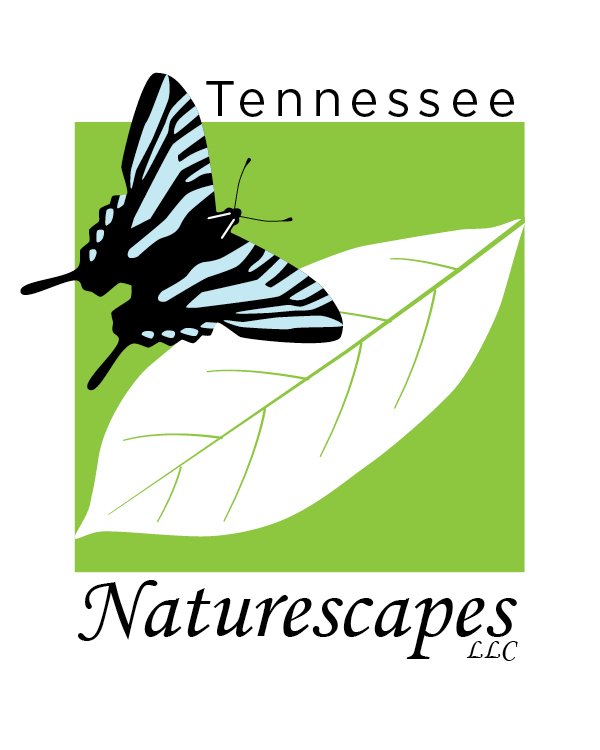 Image 1 of 2
Image 1 of 2

 Image 2 of 2
Image 2 of 2



Carex rosea (Rosy Sedge)
GARDEN SITE: 🌤️-☁️ Average, dry-medium soil.
SIZE: ⬆1 ft. SPREAD:1 ft.
FLOWERS: Yellowish, rounded spikelets in June. Mature seed pods have a rosy appearance.
WILDLIFE: Beneficial to butterflies, skippers and moths. Food source for both songbirds and waterfowl.
ZONE: 3-9
DISTRIBUTION: Eastern United States
This petite woodland sedge has fine-textured, bright green foliage and pretty, star-shaped flowers in spring. The compact clumps of delicate arching foliage makes a wonderful groundcover in dry to mesic woodland gardens. As suggested buy the common name, the star-shaped seed pods of this darling plant turn a rosy color. Drought, Deer, Rabbit tolerant.
GARDEN SITE: 🌤️-☁️ Average, dry-medium soil.
SIZE: ⬆1 ft. SPREAD:1 ft.
FLOWERS: Yellowish, rounded spikelets in June. Mature seed pods have a rosy appearance.
WILDLIFE: Beneficial to butterflies, skippers and moths. Food source for both songbirds and waterfowl.
ZONE: 3-9
DISTRIBUTION: Eastern United States
This petite woodland sedge has fine-textured, bright green foliage and pretty, star-shaped flowers in spring. The compact clumps of delicate arching foliage makes a wonderful groundcover in dry to mesic woodland gardens. As suggested buy the common name, the star-shaped seed pods of this darling plant turn a rosy color. Drought, Deer, Rabbit tolerant.
GARDEN SITE: 🌤️-☁️ Average, dry-medium soil.
SIZE: ⬆1 ft. SPREAD:1 ft.
FLOWERS: Yellowish, rounded spikelets in June. Mature seed pods have a rosy appearance.
WILDLIFE: Beneficial to butterflies, skippers and moths. Food source for both songbirds and waterfowl.
ZONE: 3-9
DISTRIBUTION: Eastern United States
This petite woodland sedge has fine-textured, bright green foliage and pretty, star-shaped flowers in spring. The compact clumps of delicate arching foliage makes a wonderful groundcover in dry to mesic woodland gardens. As suggested buy the common name, the star-shaped seed pods of this darling plant turn a rosy color. Drought, Deer, Rabbit tolerant.

